More than half of the countries in the world have implemented some type of political quota, mostly in the last twenty years. They have led to a dramatic increase in female leaders across the globe. This section briefly describes the history and types of quotas. The rest of the paper focuses on analyzing the impact of quotas. In response to an active civil society movement and rising awareness of women’s rights, in 1990 the UN Economic and Social Council set a target of 30% female representation in decision making bodies by 1995. The 1995 UN Beijing Conference on Women went a step further, by providing an impetus for quota policies by calling for governments to “ensure equal representation of women at all decision-making levels in national and international institutions.”31 Given this global environment, political quotas began to emerge as a viable and popular policy option in countries across the world. (Rohini Pande and Deanna Ford* April 7, 2011)
In 2012, the Somali National Constituent Assembly and other key stakeholders have agreed, under intense pressure from the international community, to set aside /allocate 30 percent quota of Federal Parliament seats for women. Unfortunately, when all men traditional elders selected Members of Parliament, women received only 14 percent in a 275-member legislature. Disenfranchisement is even more pronounced in Federal Member States, including Puntland and Somaliland, where 2 women have been selected in the 66-member regional legislature in Puntland (3%), and only one woman among 164 members of Somaliland Parliament (less than 1%). Women are not faring any better at the Cabinet level as there are five women (three ministers and two deputy ministers in the 66-member cabinet (8%). Similarly, there are five women (two ministers and three deputy ministers) in 46-portfolio cabinet of ministers in Puntland, and in Somaliland, there are three females in a 40-member cabinet.
The future doesn’t seem favorable for Somali women’s representation in public decision making processes. Socially, couple of Vision 2016 strategy and planning forums held in Minneapolis and Toronto, there was no female representation at all. In addition, a Vision 2016: Framework for Action document, adopted by the Federal Government of Somalia (FGS) in February 2014, needs to constitute policies on gender equity in the selection of parliamentarians, cabinet members, regional state representatives and Democratization process and the Electoral Process and Party Politics.( Zainab Hassan May 22, 2015)
However, Somali women remain under-representation in leadership and decision-making level positions in Somali Federal Government (SFG) and this caused women activist and women organizations to increase their efforts to enforce the implementation of the 30% quota of women. In addition, on 29 September HINNA arranged a forum in which 30 women from civil society organization including women organizations, university students attended with aim of materializing the minimum 30% of women’s quota in the federal government.
The forum was funded by Somali Women’s Study Center (SWSC) with the aim to enhance women’s leadership and political participation, and in doing so SWSC enabled women organizations to arrange forums like this to gather Politician women, activist women and other women to share their opinion towards political participation and the active role that Somali women can play in the coming chances. During the forum the following agendas were discussed
- Overview of quota of women in the government
- History of women quota in global, Africa and Somalia
- Film on Somali women and African female presidents
- Strategies that enforce implementation of quota
- Evaluating the impact of quota in Africa
FORUM OBJECTIVES
Forum objectives were among the following:-
- Strengthening the capacity of women in political participation
- Reinforce 30% quota of women to be implemented
- Encourage women to understand their rights to represent themselves
METHODOLOGY
In order to make the forum successful, the forum used various methods including lecturing, question and answer, group discussion and films. In other way participants used participatory method to exchange their opinions and experiences relating status of Somali women in political participation, the need to continue their efforts to find their 30% quota in the government.
The forum was conducted in HINNA’s venue in Mogadishu where participants enjoyed the session, the venue and the refreshment. Therefore the participants discussed various issues regarding existing opportunities and challenges they face in terms of political participation
The participants also made comments on the films they watched during the session; similarly they showed happiness to participate politics to make change on socio-economic and politics of Somali.

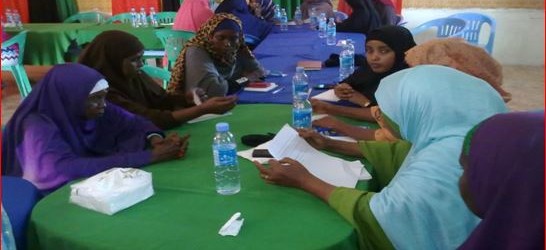






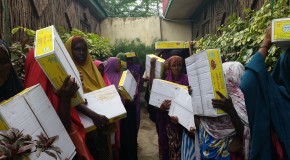
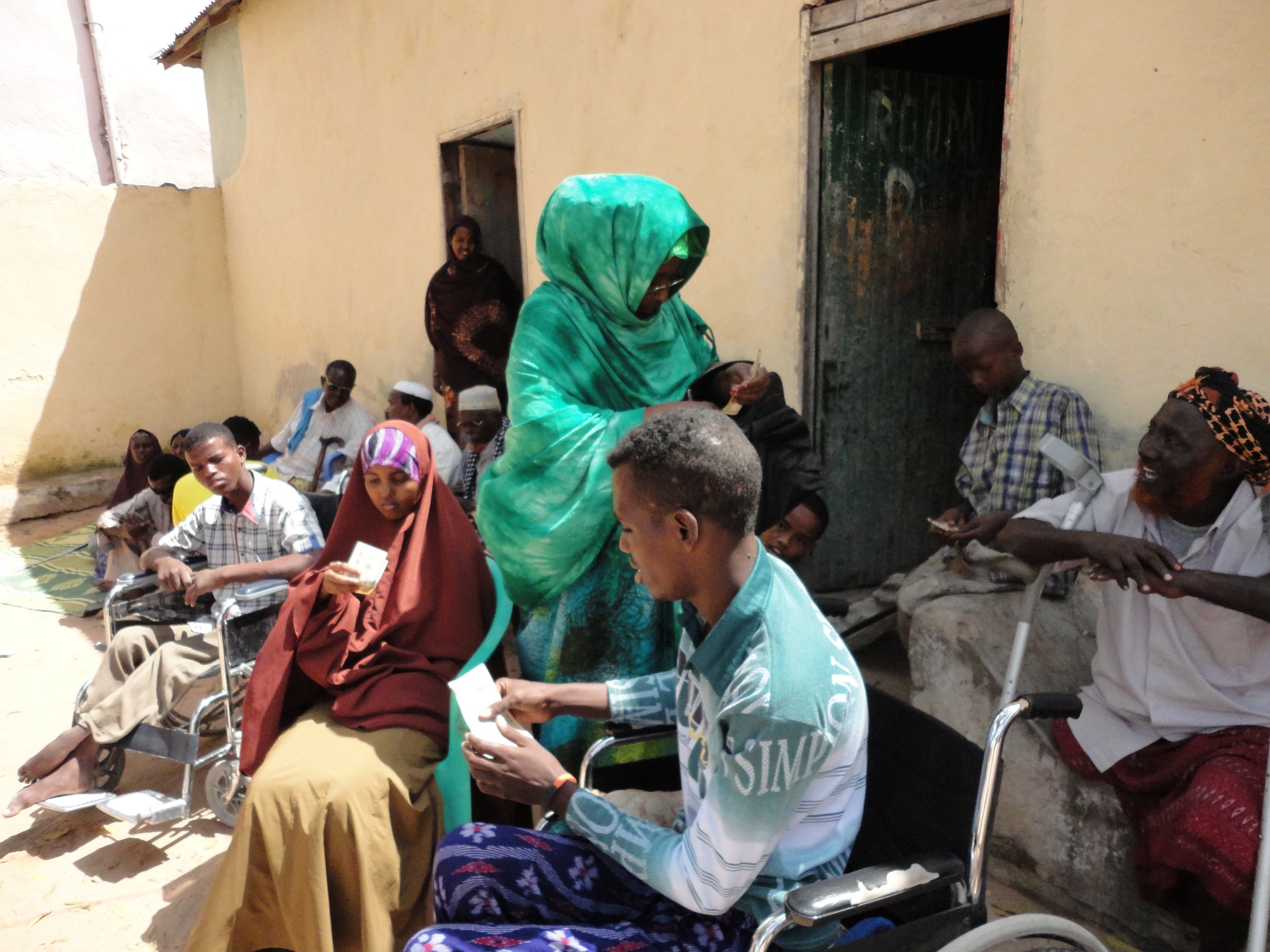
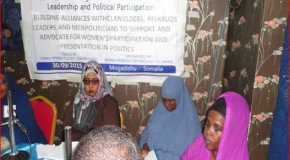

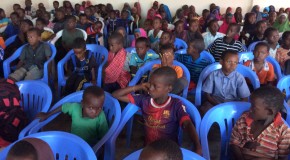
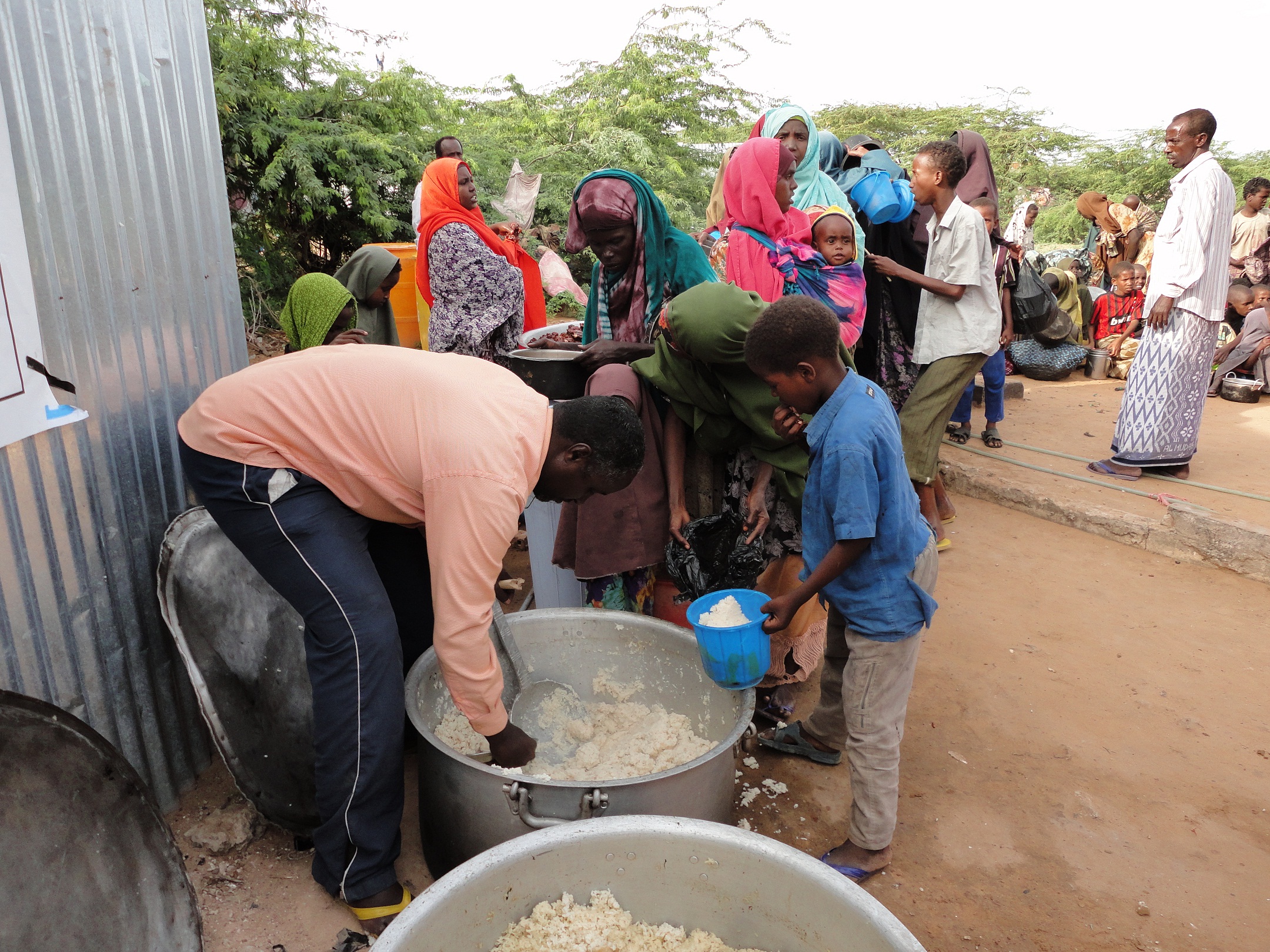
Comments are closed.